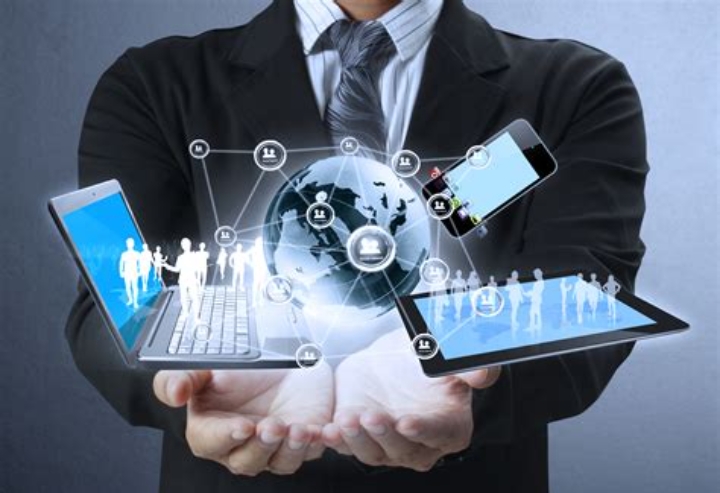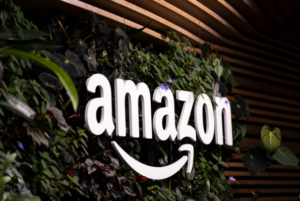
Starting a technology venture in 2026 requires a solid understanding of the current landscape and future trends. Here are key areas to focus on:
– Generative AI: This technology is expected to revolutionize various industries, from content creation to healthcare. Companies like OpenAI, Microsoft, and Google are already making significant strides in this area.
– Sustainable Technology: With the growing concern for climate change, sustainable technology is becoming increasingly important. This includes green technology, climate technology, and environmentally friendly solutions.
– Cybersecurity: As technology advances, cybersecurity threats are becoming more sophisticated. It’s essential to stay up-to-date with the latest cybersecurity trends and solutions.
– Quantum Computing: This emerging technology has the potential to revolutionize computing and solve complex problems that are currently unsolvable.
– Web 3.0 and Metaverse: These technologies are expected to change the way we interact with the internet and each other.
– Autonomous Vehicles: With companies like Apple and Google working on autonomous vehicle technology, this is an area to watch.
– 5G and 6G Technologies: The next generation of wireless technology is expected to enable faster data transfer rates and lower latency.
Additionally, consider the following predictions for 2026 and beyond:
– Apple is expected to debut advanced conversational features for Siri in 2026.
– The cost of cybercrime is expected to reach $10.5 trillion by 2025.
– Quantum Computing is expected to dominate large-scale computing in the coming decade.
By understanding these trends and predictions, you can better position yourself for success in the technology industry in 2026 and beyond.
Let’s take a trip down memory lane and explore some old technologies from the olden days:
Communication
1. Telegraphs (1830s): Sent messages over wires using Morse code.
2. Telephones (1870s): Revolutionized real-time voice communication.
3. Letter Writing (1700s): The primary means of long-distance communication before telephones.
Computing
1. Abacus (2500 BCE): An ancient counting tool used for calculations.
2. Punch Cards (1890s): Used for data input and processing in early computers.
3. Vacuum Tubes (1900s): Replaced mechanical relays in early electronic computers.
Entertainment
1. Gramophones (1880s): Played music using rotating cylinders with needles.
2. Radio (1900s): Broadcast music, news, and entertainment to the masses.
3. Film Projectors (1890s): Displayed moving images on a screen.
Transportation
1. Horse-Drawn Carriages (1600s): The primary mode of transportation before automobiles.
2. Steam Locomotives (1800s): Revolutionized land transportation with railroads.
3. Bicycles (1860s): Provided a more efficient and affordable mode of personal transportation.
Other
1. Typewriters (1870s): Mechanical writing machines that replaced handwriting.
2. Camera Obscura (1600s): An early device that projected inverted images, precursor to photography.
3. Sundials (3500 BCE): One of the earliest time-keeping devices, using shadows to indicate time.
These old technologies paved the way for the modern innovations we enjoy today!
The 22nd century is still in the realm of science fiction, but based on current trends and predictions, here are some potential technological advancements that might shape the world in the 22nd century:
Energy and Environment
1. Fusion Power: Harnessing the energy released by nuclear fusion reactions to generate clean and sustainable electricity.
2. Advanced Renewable Energy: Widespread adoption of solar, wind, hydro, and geothermal energy sources to reduce reliance on fossil fuels.
3. Carbon Capture and Utilization: Technologies that capture and convert CO2 into valuable products, such as fuels, chemicals, and building materials.
Computing and Artificial Intelligence
1. Quantum Computing: Widespread adoption of quantum computers that can solve complex problems exponentially faster than classical computers.
2. Artificial General Intelligence (AGI): Development of AGI that surpasses human intelligence in many domains, leading to significant advancements in fields like medicine, finance, and education.
3. Neuromorphic Computing: Computers that mimic the human brain’s structure and function, enabling more efficient and adaptive processing.
Transportation and Infrastructure
1. Space Exploration and Colonization: Establishment of permanent human settlements on the Moon, Mars, and other planets in the solar system.
2. Hyperloop Systems: Vacuum-sealed tubes that transport passengers at speeds of up to 700 mph (1,127 km/h), revolutionizing land travel.
3. Autonomous Vehicles and Drones: Widespread adoption of self-driving cars, trucks, and drones that improve safety, efficiency, and mobility.
Medicine and Biotechnology
1. Personalized Medicine: Tailored medical treatments based on individual genetic profiles, leading to more effective and targeted therapies.
2. Regenerative Medicine: Technologies that enable the growth of new tissues and organs, revolutionizing the treatment of injuries and diseases.
3. Brain-Computer Interfaces (BCIs): Direct neural interfaces that enable people to control devices with their thoughts, restoring communication and mobility for individuals with paralysis or other motor disorders.
Other Advancements
1. Advanced Materials and Manufacturing: Development of new materials with unique properties, such as superconductors, nanomaterials, and metamaterials.
2. Virtual and Augmented Reality: Immersive technologies that blur the lines between physical and digital worlds, transforming entertainment, education, and communication.
3. Biometric Security and Surveillance: Widespread adoption of biometric technologies, such as facial recognition, DNA analysis, and iris scanning, for security and surveillance purposes.
These predictions are based on current trends and the pace of innovation. However, the actual technological advancements in the 22nd century may differ from these predictions.



